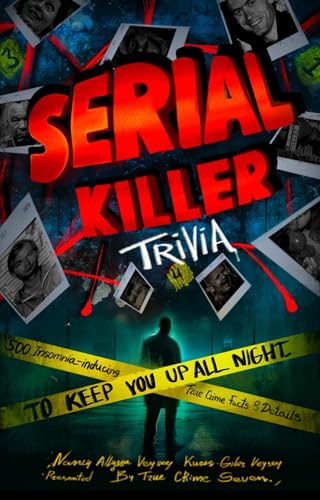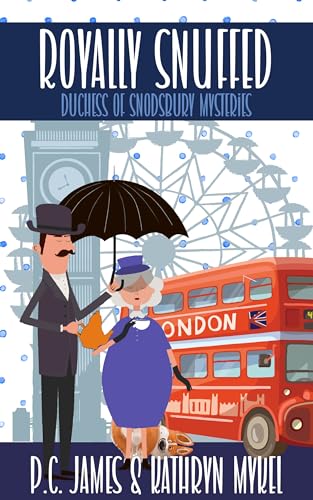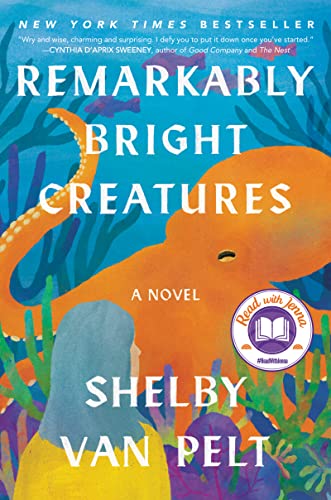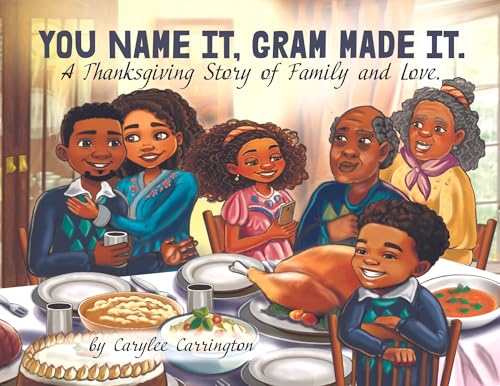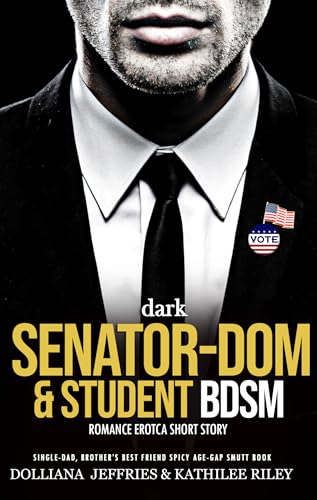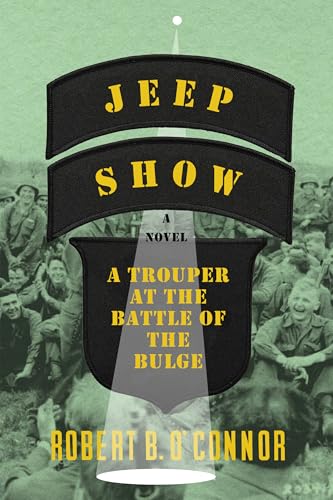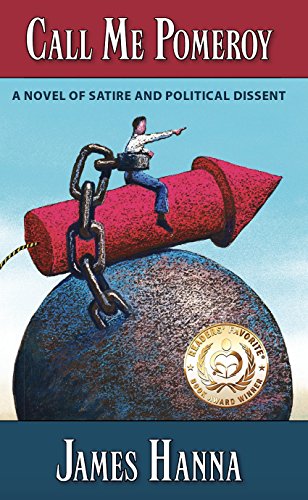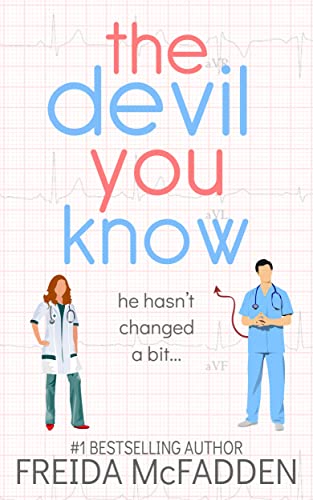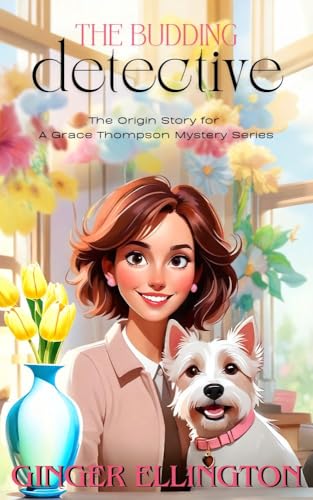Great book deals and freebies sent straight to your email daily: Subscribe to BookGorilla—it’s free!
From BookRiot: Who was Ursula K. Le Guin?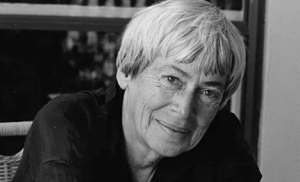
If you wanted to, depending on your reading speed, you could probably dedicate an entire year to reading Ursula K. Le Guin’s bibliography. In her lifetime she published 23 novels, 12 short story volumes, 11 poetry volumes, 13 children’s books, five essay collections, and four translated works. Needless to say, the woman was prolific when it came to writing, and she has the awards to show just how skilled she was at it. Her Earthsea Cycle is just about one of the most recommended books out there, especially to young readers. She died in 2018, but has left a fingerprint on the literary world, inspiring authors who have themselves been included as some of the greats. She’s considered one of the most influential authors of the 20th century for a reason. But who was the person behind the massive library of books? How was she able to create worlds that were so incredibly fantastical but also so realistic and believable?
EARLY LIFE AND EDUCATION
Ursula K. Le Guin was born in California in 1929 to parents Theodore and Alfred Kroeber. Now, if you’re familiar with anthropological history, yes. I do mean those Kroebers. But if you’re not familiar with anthropological history (who is, if you didn’t get a degree in this stuff), the Kroebers are big names in anthropological history. Alfred Kroeber was taught by Franz Boas (the father of American anthropology, who also taught Zora Neale Hurston) and is responsible for much of the theories cultural anthropologists use today.
Now, the Kroebers were conducting anthropological work in the early 1900s, so many of their ethnographic methods were not okay by today’s standards (NAGPRA exists for a reason) but growing up around two cultural anthropologists and hearing about how cultures and societies are made and evolve is probably what made Ursula’s work so realistic, even when set against a fantastical background filled with dragons or writing about cats with wings. It did not hurt that her brothers and her read plenty of science fiction magazines, mythology, and folklore on their own — most notably Norse mythology and Native American stories courtesy of their father reading out loud.
She loved the writings of Victor Hugo, William Wordsworth, Charles Dickens, and Boris Pasternak, who later became influences in her own works. They were not the only ones, however, as she also cited Tolkien and Tolstoy as stylistic influences. When it came to science fiction, she preferred the works of authors like Virginia Woolf and Jorges Luis Borges to the more well known authors at the time, like Heinlein, an author whose works she described as part of the “white man conquers the universe” tradition (I’m inclined to agree with her).
Read full post on BookRiot

